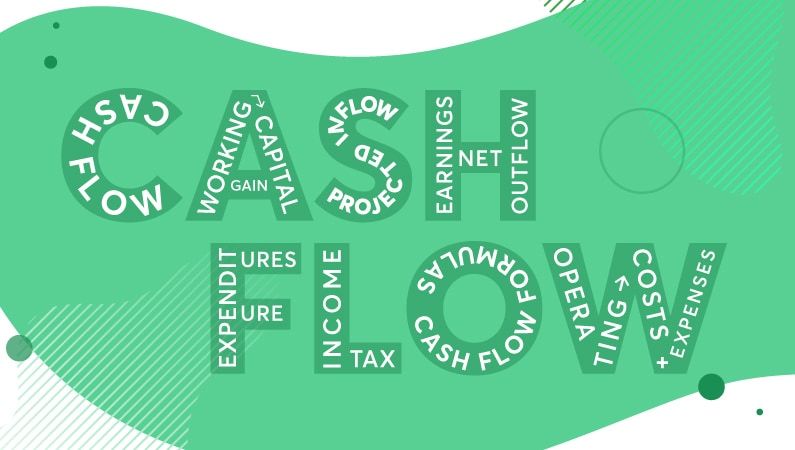How to Increase Revenue through Billing & Collections

At the start of any new client engagement, there is always one thing that is consistently neglected:
Their billing and collection.
Sometimes, without even meaning to, companies lose revenue simply by neglecting this aspect of the business’ operation. Before you know it, the receivable has to be written off. Some clients will never know what hit them. However, in our experience, we found that we could increase the revenue of our clients once a stable and well-defined billing and collection system was integrated into their pre-existing systems.
Here are 3 ways to stop this from happening and improve your billing and collection.
1. Define a Billing Process and be consistent in its upkeep
Revenue starts with a signed client contract. We cannot stress the importance of this contract and its contents. The terms should include the timing, payment terms and method of payment. Let every department concerned know about this contract.
The billing should be performed according to each client’s circumstances, but it is advised to perform it at least once a month. The team handling it should be held accountable for their consistency. A consistent billing pattern will relieve not only your team, but the client as well, who will be able to expect this expense and plan out their own forecast.
Update the contract when it is renewed or when any changes are made. This update will help your company increase cash flow into your business.
2. Automation creates value
In today’s Digital Age, there is a sea of opportunities to automate. There are countless product out their for you to test, accounting programs such as Quickbooks and Xero; or payment gateways such as Authorize.net or Signapay.com. Automated accounting programs have surely come a long way. They have learned and evolved to better suit every need of the average consumer. There is no reason for you not to take advantage of them.
Through automation, you can save your time. Redundant workers can be put into better suited workloads. The more automated your system is the more likely your billing process will become faster and easier. The key factor to remember to ensure the effectivity of automation is to run a diagnostic for the system and the data inside. This means checking if the payment terms are still the same or if they have changed.
This paves the way for a faster and more accurate billing process that results to—you’ve guessed it—more cash inflow.
By using technology, you reduce the friction between you and your client’s payment. Give them no reason to delay payment. If you can, make all payment options available for them.
3. Create a Collection Process specifically for Past Due Invoices
The hard part about creating revenue is collection. Once you’ve made your sale, that doesn’t mean cash into your business. It simply means a future awkward gentle reminder to pay up.
This is where creating a collection process adds value to your company as a standardized procedure to follow will save time for your employees and
Sometimes, the only thing between you and your cash inflow is a friendly follow up email.
When that doesn’t work, be open to reconsidering the terms of the contract. Negotiating the terms, agreeing to a different payment method or an extension will be better than losing the receivable. You can collect part of the invoice amount if the client is struggling to pay.
Be consistent and follow up with the client. Don’t let too much time pass.
These changes are simple things that we can’t believe not more of business owners consider them. Billing and collection is after all, one of the most unfavored task of owners to confront. But it doesn’t have to be that way. While handling your own process have its own advantages, outsourcing this process will free up your own time.
